They called it “headhunting”, but it didn’t involve any violence…nor was it to do with corporate executives.
In the early days of archaeology, the explorers and paleontologists only took exciting parts of a dinosaurs such as the skulls, and claws and maybe spines. To a certain extent part of the reason was logistics; it just wasn’t as easy to access sites, and difficult to bring out large specimens. This in the paleontology world was a practice known as “head hunting”.
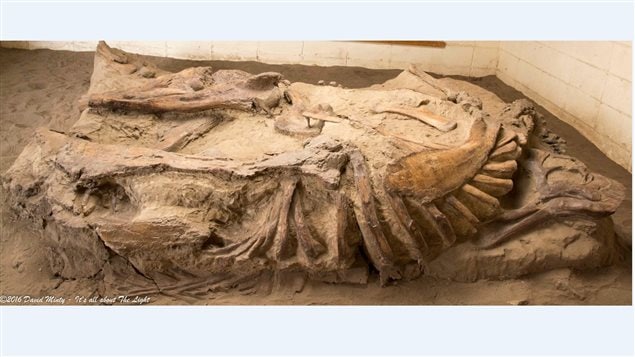
What that means is that later expeditions would often come across dinosaur skeletons often with no head or missing other parts. A particular Corythosaurus skeleton preserved in its semi-exposed state has long been among the interesting attractions at Alberta’s Dinosaur National Park since 2012.
It’s a fairly complete specimen, but minus the skull.
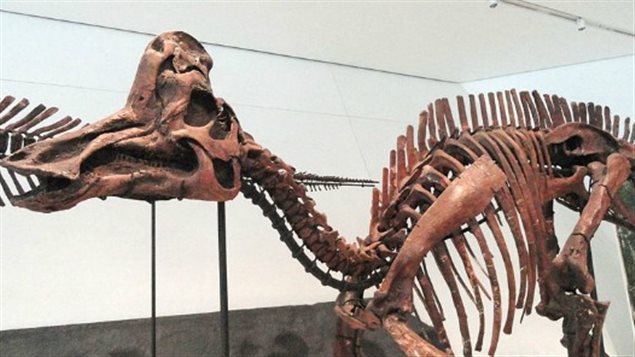
Then in 2011 as other researchers were digging around the long abandoned site, they came across old pieces of newspapers dating to 1920. As the word got around they began to wonder if a skull recovered by a paleontologist in 1920 and on display at the University of Alberta museum might be related to the skeleton.
By performing anatomical measurements they found that the two were indeed a match.
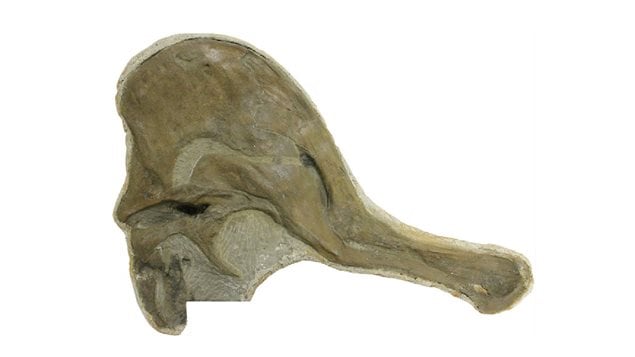
The episode has been published in the April 2017 edition of the science journal Cretaceous Research in the paper, “Reuniting the ‘head hunted’ Corythosaurus excavatus (Dinosauria: Hadrosauridae) holotype skull with its dentary and postcranium”.
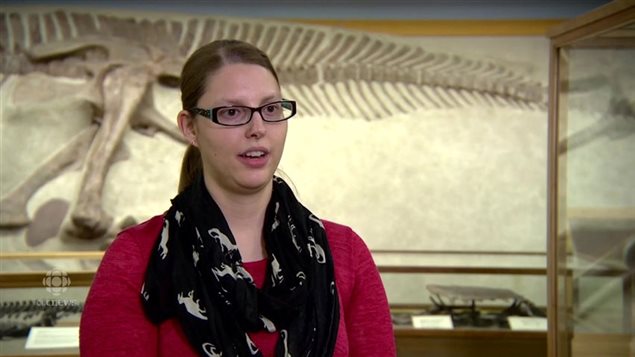
As parts of the same dinosaur might be held by different institutions, or as more fossils are exposed to new paleontolgists, graduate student Katherine Bramble says the methods they used to match the skull to the skeleton in this case could help to reunite and complete other specimens in museums around the world. She says several other methods now available to research could also help in this process.
Additional information- sources
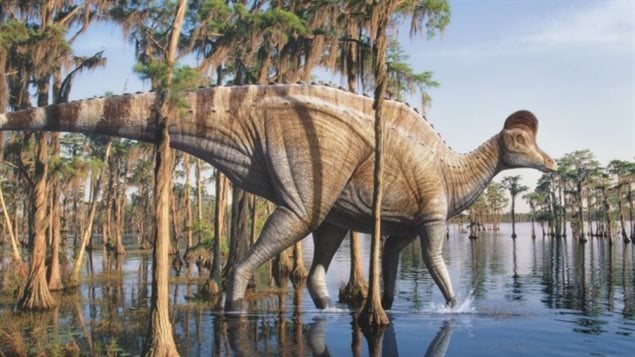






For reasons beyond our control, and for an undetermined period of time, our comment section is now closed. However, our social networks remain open to your contributions.